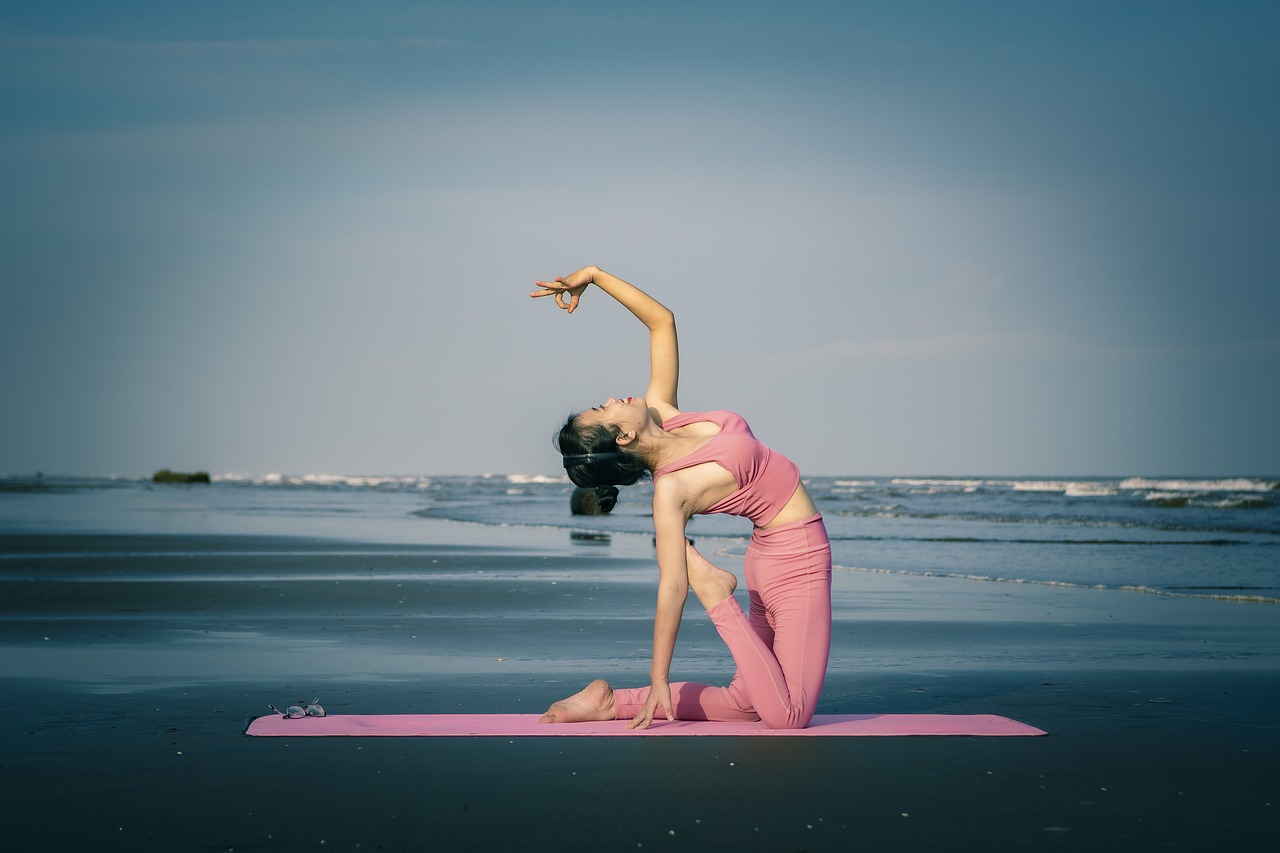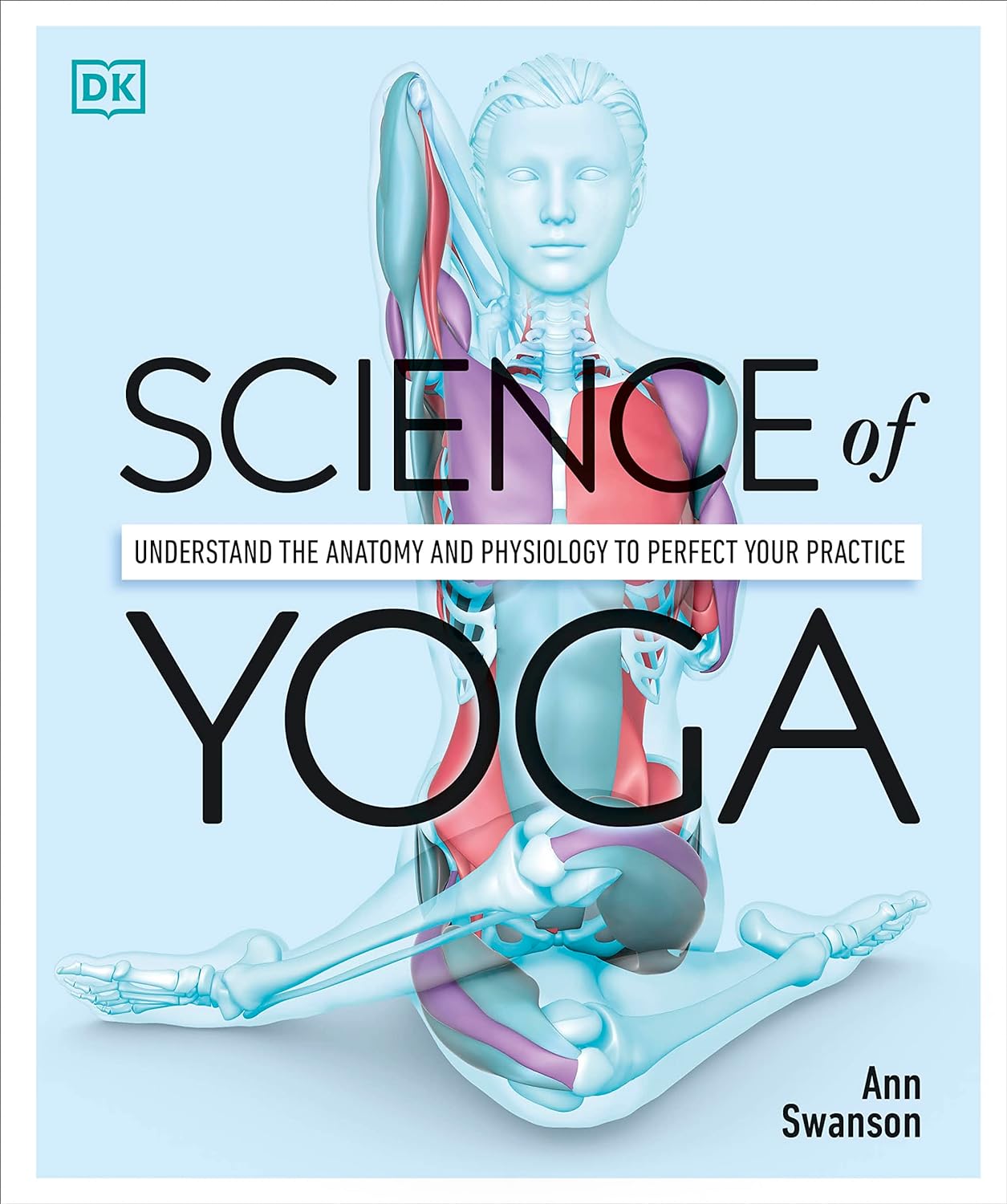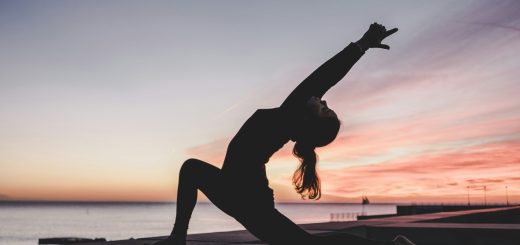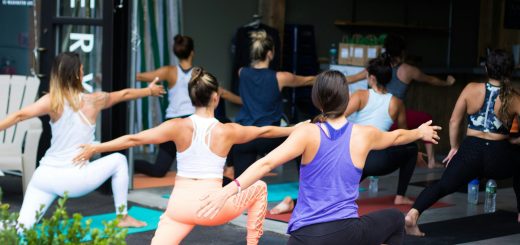Teaching Yin: Art of Instruction & Practice

Hey there, amazing readers! 🖐️ Just a quick note: yes, we know there are a lot of ads here. Trust us, we get it—it’s not the prettiest look, but they help us keep this blog alive and kicking. Those pesky little ads cover the costs of all the behind-the-scenes magic, from hosting and tech stuff to creating content we hope you’ll love.
We’re committed to delivering quality posts, and your support (even just sticking around despite the ads) means everything to us. So, bear with us, and thanks for helping us keep the good vibes rolling. Now, on to the fun stuff! 😉
TRANSLATE BUTTON AT THE END OF THE ARTICLE
A Quick Overview
Yin Yoga is a slow-paced style of yoga that focuses on holding poses for an extended period, typically ranging from 1 to 5 minutes.
It targets the deep connective tissues of the body such as ligaments, bones, and joints, rather than the muscles.
This practice is designed to help increase circulation in the joints and improve flexibility.
Teaching Yin Yoga requires a deep understanding of its philosophy, benefits, and principles, as well as the ability to create a safe and nurturing space for students to practice.
1. Understanding the Yin Yoga Philosophy
Yin Yoga is based on the principles of yin and yang, where yin represents stillness, passivity, and receptivity, while yang represents movement, activity, and strength.
In Yin Yoga, poses are held for a longer duration to target the yin tissues and stimulate the body’s energy flow.
This practice helps balance the yang activities in our daily lives, such as running, weightlifting, or other vigorous workouts.
Yin Yoga encourages students to slow down, be present, and cultivate mindfulness in their practice.
2. Exploring the Benefits of Yin Yoga
Some of the key benefits of practicing Yin Yoga include improved flexibility, increased circulation, reduced stress and anxiety, enhanced joint mobility, and a deeper sense of relaxation.
Yin Yoga can also help release tension and tightness in the body, improve posture, and promote a sense of overall well-being.
Regular practice of Yin Yoga can aid in the prevention of injuries, as it strengthens and lengthens the connective tissues that support the muscles and joints.
3. The Role of a Yin Yoga Instructor
As a Yin Yoga instructor, your role is to guide students through a safe and effective practice, provide hands-on adjustments when necessary, and create a supportive and nurturing environment for students to explore their bodies and minds.
It is essential to have a strong knowledge of anatomy, alignment principles, and the philosophy of Yin Yoga.
A good instructor should be able to adapt poses and sequences to meet the needs of students at different levels of practice.
4. Creating a Yin Yoga Sequence
When creating a Yin Yoga sequence, it is important to consider the target areas of the body, the duration of each pose, and the overall theme or intention of the practice.
Sequences typically include a combination of seated, supine, prone, and standing poses to work on different areas of the body.
Poses should be held for a sufficient amount of time to allow for a deep release and relaxation.
It is also important to incorporate counterposes to balance the body and prevent overstretching.
5. Teaching Yin Yoga: Key Principles
Some key principles to keep in mind when teaching Yin Yoga include encouraging students to find their edge in each pose, focusing on quality of breath and mindfulness, and emphasizing the importance of surrender and acceptance.
It is essential to create a calm and peaceful atmosphere in the studio, use soothing language and cues, and provide options for students to modify poses based on their individual needs.
As an instructor, it is important to lead by example and embody the qualities of patience, compassion, and presence.
6. Incorporating Mindfulness in Yin Practice
Mindfulness is a central component of Yin Yoga, as it encourages students to be fully present in the moment and cultivate awareness of their thoughts, emotions, and sensations.
Incorporating mindfulness techniques such as deep breathing, body scanning, and guided meditation can enhance the overall experience of a Yin Yoga practice.
Encourage students to observe their thoughts without judgment, to let go of distractions, and to focus on the sensations in their bodies as they move through the poses.
7. Adjustments and Modifications in Yin
In Yin Yoga, it is important to offer adjustments and modifications to students to ensure they are practicing safely and effectively.
Providing hands-on adjustments can help students deepen their poses, release tension, and improve alignment.
It is essential to ask for consent before touching students and to provide verbal cues and demonstrations to guide them into the correct alignment.
Encourage students to listen to their bodies, communicate any discomfort or pain, and make adjustments as needed.
8. Building a Yin Yoga Community
Building a supportive and inclusive community is essential in creating a positive and welcoming environment for students to practice Yin Yoga.
Encourage students to connect with each other, share their experiences, and support one another on their yoga journey.
Organize community events, workshops, and retreats to foster a sense of belonging and camaraderie among students.
Building a strong community can help students feel motivated, inspired, and supported in their practice.
9. The Art of Holding Space in Yin Classes
Holding space in Yin classes involves creating a safe, non-judgmental, and nurturing environment for students to explore their bodies and emotions.
As an instructor, it is important to cultivate a sense of trust, compassion, and acceptance among students.
Encourage students to listen to their bodies, honor their limitations, and practice self-compassion.
Holding space also involves being present, attentive, and responsive to the needs of students, offering support and guidance when necessary.
10. Integrating Breathwork in Yin Practice
Breathwork is a powerful tool that can enhance the benefits of Yin Yoga practice by promoting relaxation, reducing stress, and fostering mindfulness.
Encourage students to focus on their breath throughout the practice, using slow, deep inhales and exhales to calm the nervous system and deepen their connection to the present moment.
Incorporate breath awareness techniques such as ujjayi breathing, diaphragmatic breathing, and alternate nostril breathing to help students access a state of deep relaxation and inner peace.
Conclusion
Teaching Yin Yoga requires a deep understanding of its philosophy, benefits, and principles, as well as the ability to create a safe and nurturing space for students to practice.
By incorporating mindfulness, adjustments, modifications, and breathwork in Yin classes, instructors can help students deepen their practice, cultivate self-awareness, and experience a sense of relaxation and rejuvenation.
Building a supportive community and continuing education as a Yin Yoga instructor can enhance your teaching skills and contribute to the overall well-being of your students.
Remember to lead with compassion, patience, and presence, and to embody the qualities of yin in your own practice and teachings.

The Enlightenment Journey is a remarkable collection of writings authored by a distinguished group of experts in the fields of spirituality, new age, and esoteric knowledge.
This anthology features a diverse assembly of well-experienced authors who bring their profound insights and credible perspectives to the forefront.
Each contributor possesses a wealth of knowledge and wisdom, making them authorities in their respective domains.
Together, they offer readers a transformative journey into the realms of spiritual growth, self-discovery, and esoteric enlightenment.
The Enlightenment Journey is a testament to the collective expertise of these luminaries, providing readers with a rich tapestry of ideas and information to illuminate their spiritual path.
Our Diverse Expertise 🌟
While our primary focus is on spirituality and esotericism, we are equally passionate about exploring a wide range of other topics and niches 🌍📚. Our experienced team is dedicated to delivering high-quality, informative content across various subjects ✨.
To ensure we provide the most accurate and valuable insights, we collaborate with trusted experts in their respective domains 🧑🏫👩🏫. This allows us to offer well-rounded perspectives and knowledge to our readers.
Our blog originally focused on spirituality and metaphysics, but we’ve since expanded to cover a wide range of niches. Don’t worry—we continue to publish a lot of articles on spirituality! Frequently visit our blog to explore our diverse content and stay tuned for more insightful reads.






